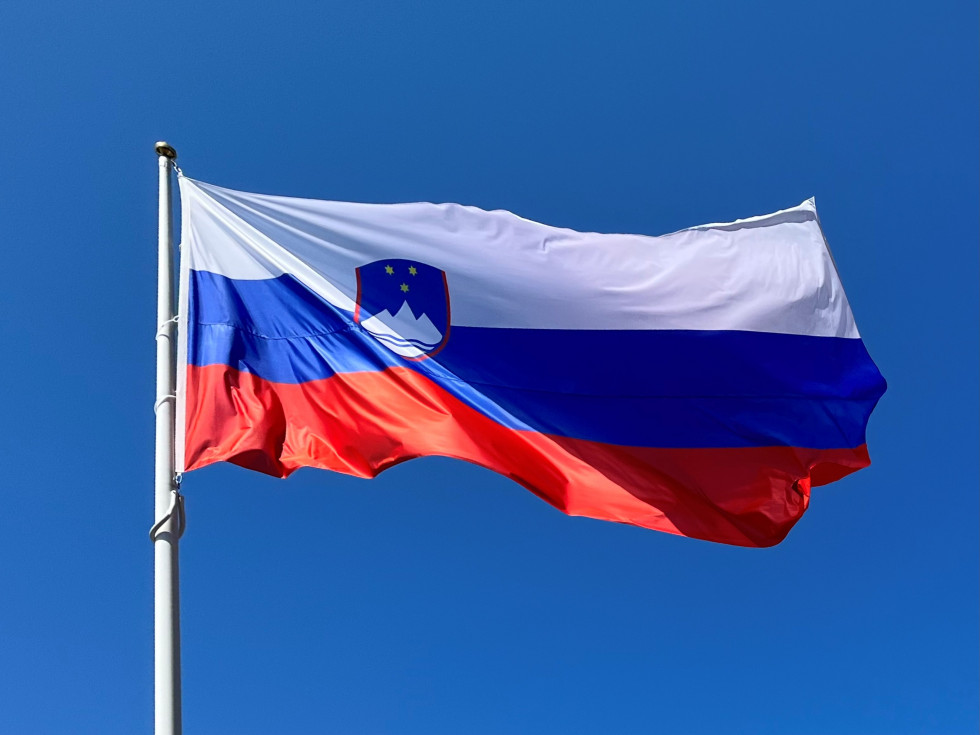Slovenia Continues to Maintain its Credit Ratings and Stable Outlook
The agencies view Slovenia as a stable country which entered the pandemic and subsequent energy crisis with strengthened public finances, economy, and external trade position. These pillars have facilitated Slovenia's transition through the pandemic-induced crisis and continue to mitigate the consequences of the energy crisis. S&P also highlights that the Slovenian government successfully diversified its energy sources in the past year, further enhancing the country's stability in this area.
According to S&P's forecast, Slovenia's economic growth will slow down to 1.3% in 2023, but due to investments financed by European funds and a strong labour market, which contribute to the consumption normalization, the country is expected to achieve an average annual growth rate of 2.5% in 2024 and 2025. DBRS Morningstar also sees European investment financing mechanisms as a factor which will positively impact economic growth in the coming years.
S&P estimates that the public finance deficit due to energy support packages will amount to 4.25 % of GDP in 2023, while DBRS expects a deficit of 4.1 % of GDP. In the following years, S&P expects a consolidation of public finances and a reduction in the deficit. Both agencies assess that Slovenia manages its public debt efficiently, which contributes favourably to reducing interest costs. Higher liquidity reserves provide Slovenia with flexibility in financing the state budget. According to the agencies, the implementation of structural reforms, which address demographic pressures resulting from an aging population, would have a positive impact on Slovenia's credit rating in the future.


